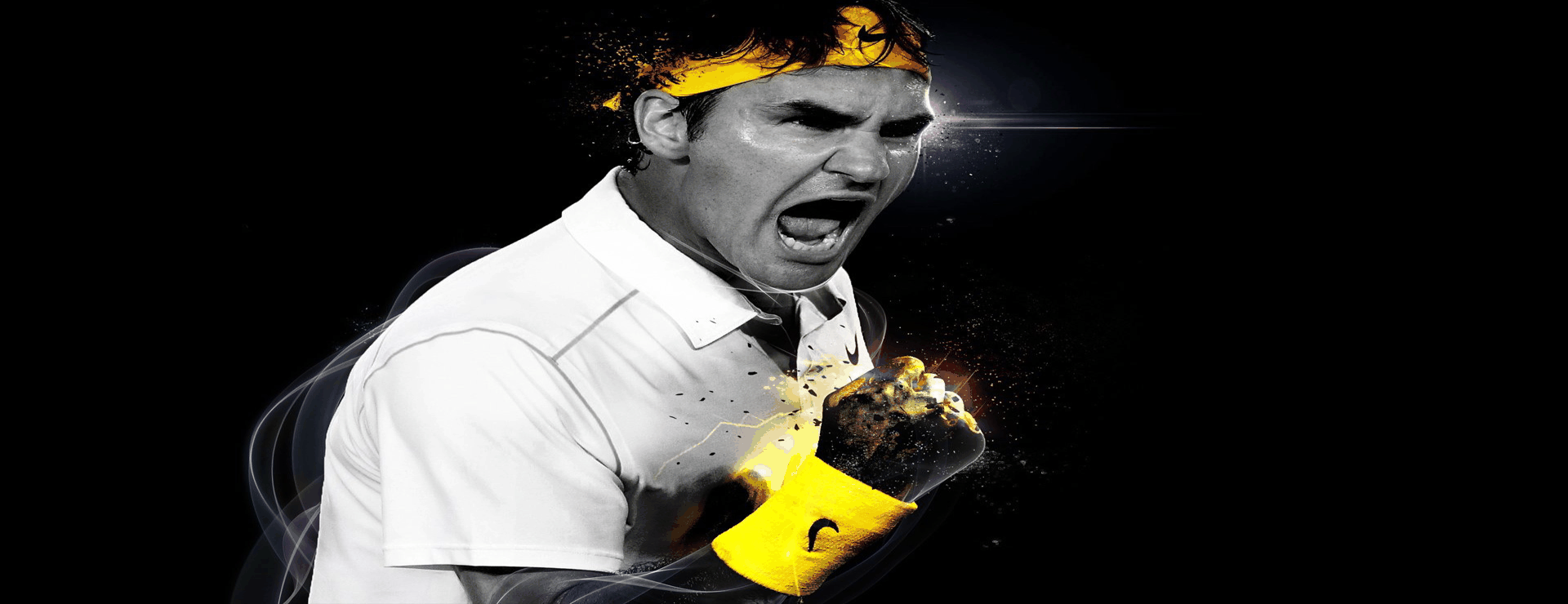Hold the audience, explore the intelligent infrared monitoring system
"It is rainy, foggy, and the video surveillance system can't be operated normally when the light is affected. What should I do?"
"How to detect targets hidden in grass and woods? How to prevent fires from happening and let fires disappear in the bud?"
In the face of the above problems, we naturally think of infrared thermal imaging technology in addition to image sensor technology and streaming media technology in video surveillance systems.
Infrared thermal imaging uses photoelectric technology to detect infrared specific band signals of object heat radiation, convert the signals into images and graphics that can be visually resolved by humans, and further calculate temperature values. Infrared thermal imaging technology allows people to go beyond visual barriers and find targets. The infrared thermal imaging technology is simple to find the target according to the temperature difference between the background or the parts of the target or the difference of the thermal radiation. It is a passive infrared night vision technology that uses different infrared heat radiation intensity of different parts of the natural world to form an image. .
Infrared thermal imaging for night and special conditions
In the application of security monitoring system, at night, the general visible light monitoring equipment can not work normally, and artificial lighting is more likely to expose the target. If a low-light-level night vision device is used, it also works in the visible light band and still requires external light illumination. The infrared thermal imager passively accepts the target's own infrared heat radiation, which works well both day and night, and does not expose itself.
Also in the harsh weather conditions such as rain and fog, because the wavelength of visible light is short, the ability to overcome obstacles is poor, so the observation effect is poor, but the wavelength of infrared rays is long, especially for thermal imagers operating at 8 to 14 um. The ability to rain and fog is strong, so at night and in harsh weather conditions, infrared thermal imaging monitoring equipment can still monitor various targets.
Infrared thermal imaging technology can identify temperature differences and, therefore, can be applied to forest fire monitoring. At present, many forest fires are caused by inconspicuous glare, and it is difficult to find these fire hazards. However, the use of infrared thermal imagers can quickly identify these hazards and determine the locations and extent of the fire to achieve forest fire prevention. In addition, in the case of warfare, infrared thermal imaging technology is used to detect targets hidden in shrubs, forests, and the like, thereby implementing attacks. Or the police use infrared thermal imaging technology to find the target when arresting fugitives. Infrared thermal imaging technology can effectively realize the monitoring and monitoring under special conditions, which plays an important role in the entire video surveillance system.
Advantages of infrared thermal imaging technology
Although infrared thermal imaging technology has such a magical function, it also has its shortcomings. Next, edit some materials and list the advantages and disadvantages of infrared thermal imaging technology.
The advantages of infrared thermal imaging technology are obvious.
First, infrared thermal imaging technology is a passive non-contact detection and identification, which has good concealment. The thermal imager is concealed and difficult to be found.
Second, infrared thermal imaging technology is immune to electromagnetic interference, can accurately track thermal targets from a distance, and can also be accurately guided.
Third, infrared thermal imaging technology can truly monitor 24 hours a day.
Fourth, the infrared thermal imaging technology has a strong detection capability and a long working distance. Currently, the handheld thermal imager mounted on the light weapon allows the user to see the human body above 800 m; and the aiming distance of the aiming shooting is 2 to 3 km; Observing the water surface on the ship can reach 10km; on the 1.5km high helicopter, the activity of the ground individual can be found; on the 20km high reconnaissance plane, the ground crowd and the moving vehicle can be found, and the change of seawater temperature can be detected and detected. Underwater submarines, etc.
Fifth, infrared thermal imaging technology can use a variety of display methods to increase the human senses from five to six.
Sixth, infrared thermal imaging technology can intuitively display the temperature field of the surface of the object, is not affected by strong light, and is widely used. Since the infrared thermal imager detects the infrared thermal radiation energy of the target object, it does not appear to be halo or closed when it is in a strong light environment like the low-light image intensifier, and thus is not affected by strong light.
In addition to military applications, infrared thermal imaging technology can also be widely used in civil, industrial, agricultural, medical, fire, archaeological, transportation, geology, public security and other civil fields. Moreover, this technology can be applied to the security monitoring field in a large amount to facilitate intelligent security monitoring.
Infrared thermal imaging technology in the field of video surveillance
With the development of optoelectronic information, microelectronics, network communication, digital video, multimedia technology and sensing technology, security monitoring technology has moved from traditional simulation to highly integrated digital, intelligent and networked. With the increasing demand in the market, modern high-tech is almost applied or will be applied in security monitoring systems. The rapid development of infrared thermal imaging technology in modern sensing technology has also begun to be applied in security systems. Infrared thermal imaging cameras are the core equipment of infrared thermal imaging monitoring systems. They are mainly used in the monitoring of equipment and perimeters in important areas, such as important warehouses, buildings, and key buildings, ports, borders and other occasions. It can also be used in forest fire protection, as well as power (such as transformers and lines), oil fields (especially input pipelines), mine critical points and equipment monitoring. Because infrared has the unique advantage of being monitored in the case of 0Lux, it can effectively find the target in the environment without any light and fog. In particular, infrared has the ability to measure temperature, and it can play an important role in key security projects such as abnormal operation of power equipment such as transformers or forest fire prevention.
The wavelength of visible light that our human eye can feel is: 0.38-0.78 microns. Usually we will be electromagnetic waves longer than 0.78 microns, called infrared. In nature, all objects radiate infrared rays. Therefore, using a detector to measure the infrared difference between the target itself and the background, different infrared images, called thermal images, can be obtained. The thermal image and the visible light image of the same target are different. It is not a visible light image that can be seen by the human eye, but an image of the target surface temperature distribution. In other words, the infrared thermal image is a surface temperature distribution that the human eye cannot directly see the target. It becomes a thermal image representing the target surface temperature distribution that can be seen by the human eye.
Thermal imaging network monitoring into a trend
Compared with the traditional thermal imager, the current thermal imaging network camera can solve a series of problems such as the single work of the thermal imager, the inconvenient installation and installation, the need for a large amount of manpower, the inability of the data to be timely and effective, and the inability to monitor online. It can integrate thermal imaging monitoring information into the entire network monitoring platform to achieve true, all-weather, wide-range monitoring. Through the network, the thermal imaging image can be transmitted back to the monitoring center for analysis in real time. As an effective supplement of the visible light camera, the thermal imaging image can be comprehensively covered for the monitoring object and the monitoring range, and processed in time and accurately, thereby greatly improving the real-time performance of the monitoring system. Effectiveness.
Therefore, infrared thermal imaging monitoring not only makes up for the shortcomings of traditional video surveillance systems, but also enhances the automatic degree of automatic identification and automatic alarm of security systems. It has a very important role and has a broad market, especially thermal imaging network monitoring system. , represents the development trend of infrared thermal imaging monitoring.
The video surveillance system will encounter different environments in its operation. How to monitor it under special circumstances? Infrared thermal imaging technology is a good solution for monitoring and monitoring at night and in harsh weather conditions. It makes the video surveillance system more perfect for monitoring. At present, thermal imaging network monitoring has become a mainstream trend, which has made up for the shortcomings of traditional video surveillance systems.







